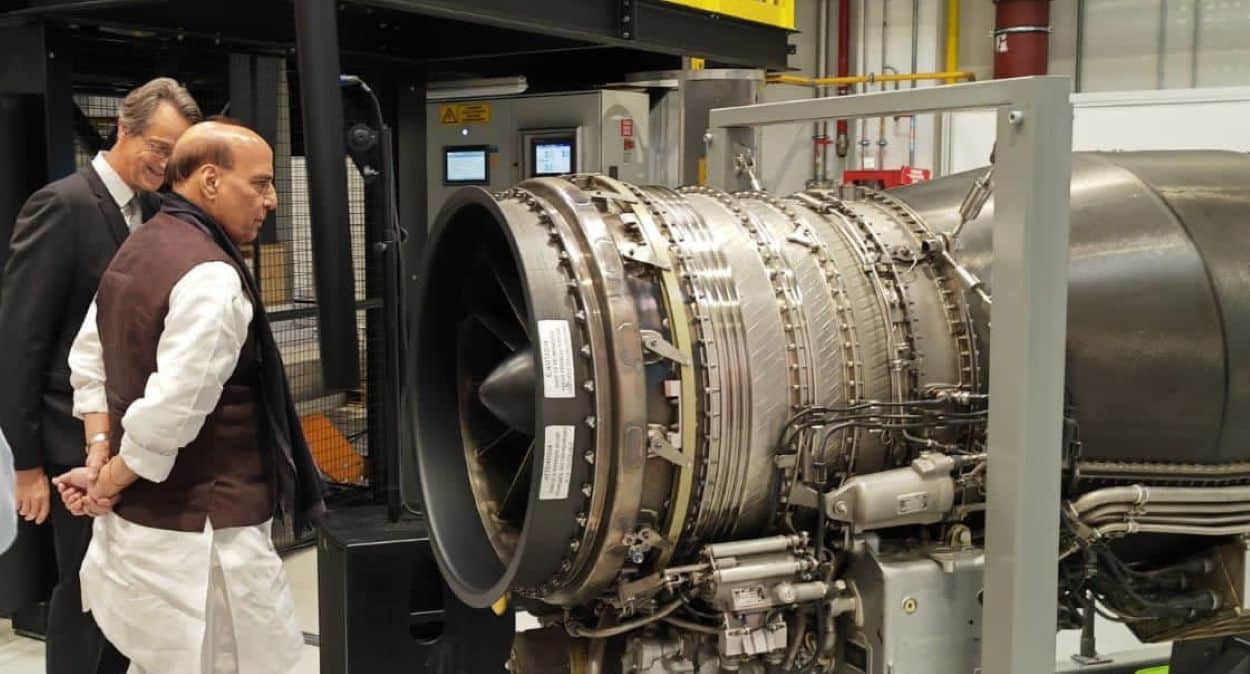On August 22, 2025, Indian Defence Minister Rajnath Singh announced a collaboration with a French company, widely reported as Safran, to develop and manufacture fighter jet engines in India, as broadcast by Indian media. The initiative, part of India’s push for indigenous defence capabilities, follows the May approval of a 5th-generation Advanced Medium Combat Aircraft (AMCA) prototype.
Speaking at a New Delhi conference, Singh stated, “We are moving forward to manufacture aircraft engines in India itself,” highlighting the collaboration with a French firm, per The Times of India. While Safran, a long-time partner in India’s aviation and defence sectors, is speculated to be involved, no official confirmation was provided. The project aims to reduce reliance on imported engines, enhancing India’s military self-sufficiency.
India-France ink engine historic deal. India to co-design and manufacture 120kN engines for 5th Gen fighter jets along with France. #IndiaFrance | @aishpaliwal pic.twitter.com/Pr7qnZa8vI
— IndiaToday (@IndiaToday) August 23, 2025India, a top global arms importer, has prioritised modernising its forces through domestic production. Recent milestones include a $4.1 billion deal for 26 Rafale jets from France’s Dassault Aviation in April 2025, complementing 36 existing Rafales, and a new helicopter factory, per Reuters. Singh pledged $100 billion in domestic military contracts by 2033, spurred by regional threats, particularly from Pakistan, after a May 2025 conflict.
The engine project aligns with India’s Quad alliance with the U.S., Japan, and Australia, strengthening defence ties amid tensions with Pakistan and China. The AMCA, set for production by 2030, will replace Russian MiG-29K jets, bolstering India’s air force capabilities. Safran’s expertise in engines for Rafale jets positions it as a key partner, per The Economic Times.
This collaboration marks a significant step in India’s defence indigenisation, potentially creating thousands of jobs and reducing import costs. As New Delhi advances its military infrastructure, including warships and hypersonic missiles, the partnership could reshape regional defence dynamics, with updates expected as the AMCA project progresses.






